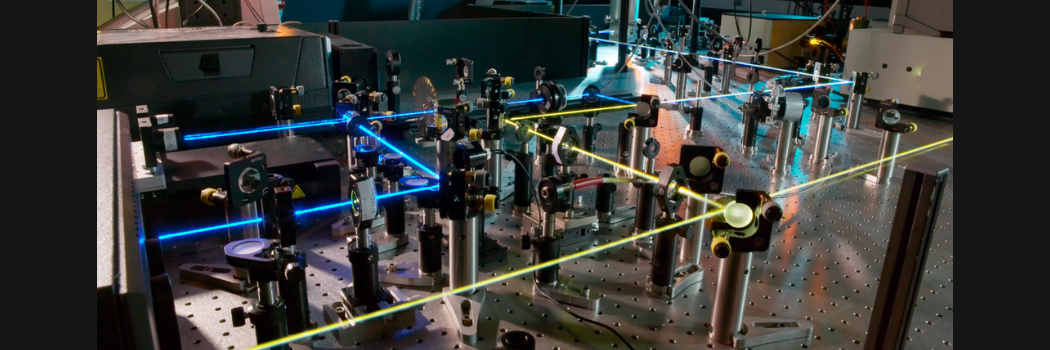
Researchers in our top-rated Physics department are world-leading experts in their field.
In a surprising discovery, our scientists have found that certain molecules long considered poor emitters are actually ideal for boosting efficiency and stability in next-generation blue OLED displays.
The study published in the journal Nature Photonics, reveal an overlooked molecular 'blind spot' that could enable major advances in energy-saving display technologies.
Outshining expectations
Organic light-emitting diodes (OLEDs), used in most smartphones and TVs today, rely on specialised organic molecules to emit light.
However, obtaining efficient and stable blue OLED emission has remained a difficult challenge for researchers.
Now, the research team has revealed that molecules previously dismissed as subpar light emitters can be used to triple the efficiency of blue OLEDs.
A molecule called ACRSA was found to increase device efficiency from 10% to over 28% when used as a sensitiser in 'hyperfluorescent' OLEDs, where energy is transferred from the sensitiser to a separate terminal emitter molecule.
An illuminating discovery
Even more remarkably, using the greenish sensitiser ACRSA, blue emission can be achieved by transferring ACRSA's energy to a blue terminal emitter.
This green-to-blue approach reduces exciton energy compared to direct blue emitters, enabling more stable, longer-lasting blue OLEDs.
The team's strategy provides a new blueprint for designing stable and highly efficient hyperfluorescent OLED displays.
This new understanding opens up exciting possibilities for both fundamental research and practical applications.






